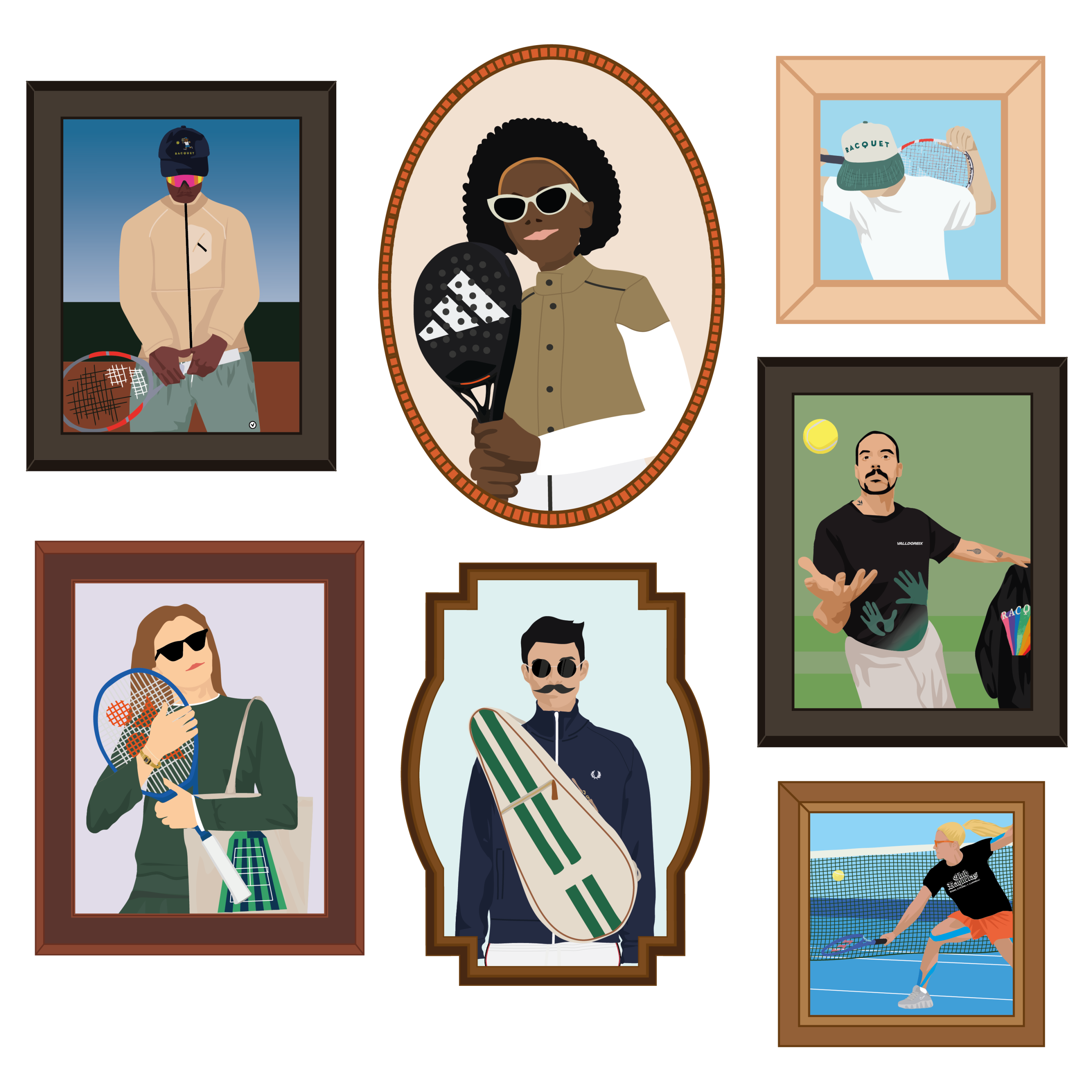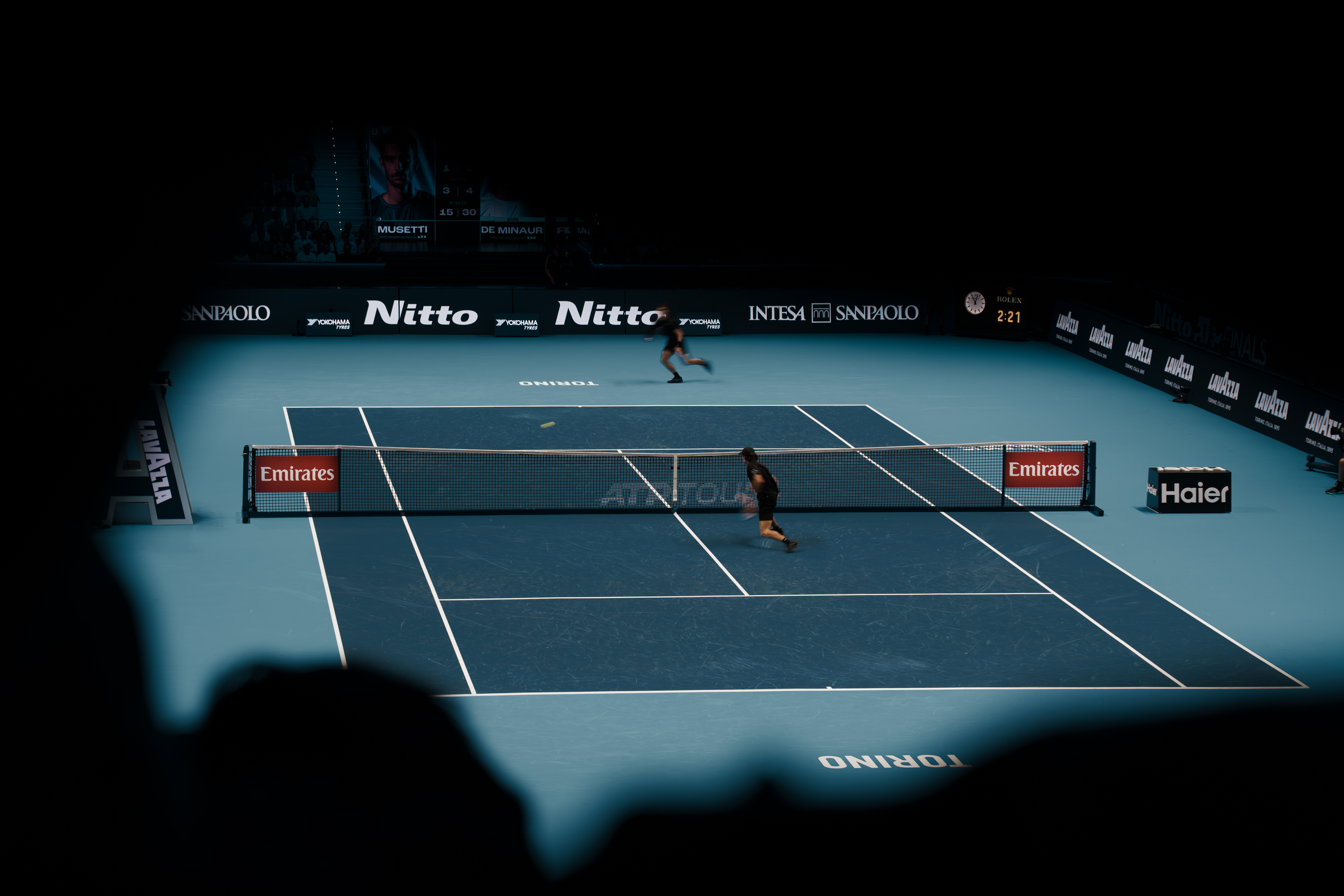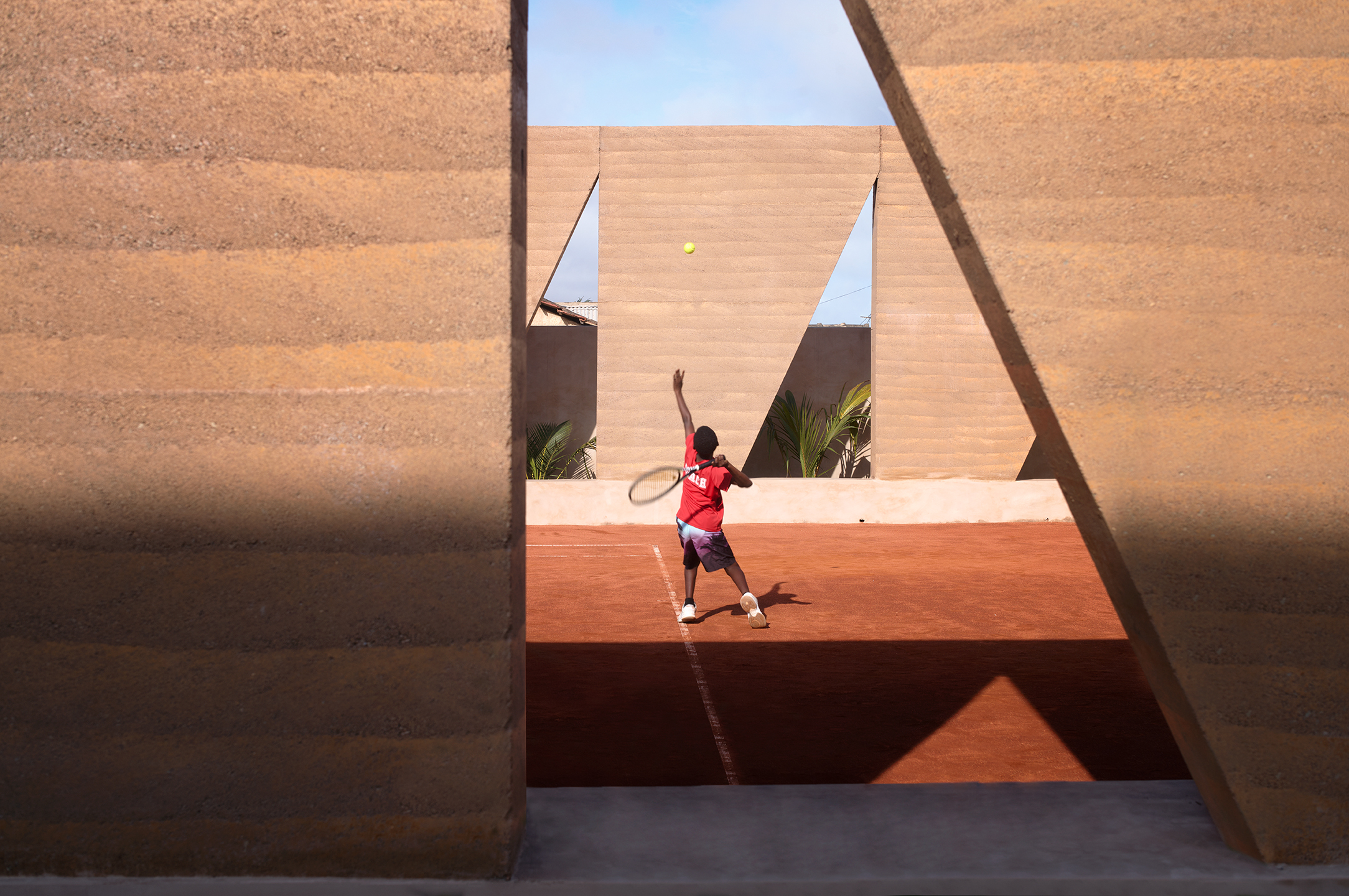No self-respecting writer would invite unfavorable comparisons with David Foster Wallace by writing on ocean cruises.1 And no sane tennis writer would invite further comparisons by writing about tennis2 and cruising IN THE SAME PIECE.
However that’s exactly what’s happening here. The Seabourn Venture—a 564-foot, 132-suite ship—was going to Monaco for the Monte Carlo Masters, and I was on it. This is not literary criticism of Wallace and Gary Shteyngart,3 because even I am not that audacious, but it is criticism of them both: Those two knuckleheads spent a lot of money and their precious time on deeply misguided voyages to unhappiness. They knew what they were doing; they chose the kinds of trips and vessels that would bring the worst out in people—including themselves.
Wallace was at least somewhat thrifty; in 1997, he took a $3,000,4 seven-night Caribbean cruise on Celebrity’s MV Zenith for Harper’s. Secretly renaming it the MV Nadir—which I would have done too, to be fair—he proceeded to wallow in an existential crisis brought on, in some part, by stubbornly remaining on the 1,800-passenger boat for the entire week.
- Wallace (Foster Wallace?) famously wrote the definitive piece on cruising. I’m not going to tell you how to find it because this is humiliating enough as it is.
- Wallace also wrote incandescently about tennis.
- Shteyngart took up the mantle last year, writing a treatise on the abject misery of cruising with 5,000 of his fellow humans. You should definitely not look that one up either.
- Roughly $6,000 in today’s dollars. Could be worse.
Shteyngart—that spendthrift—spent a week in a $19,000 suite on Royal Caribbean's Icon of the Seas, with a balcony that overlooked the interior of the world's largest ship. (To The Atlantic: You could have spent your thousands more wisely; you cold have sent me to Istanbul on the Orient Express, for instance.) Shteyngart did go ashore, but only to find life on a Caribbean island more pleasant than life on a ship that holds up to 7,000 people. Quelle surprise.
The Epicurean approach to life involves avoiding pain and seeking pleasure as the thing that makes everything else endurable; I am right there with Epicurus. But Stoics Wallace, Shteyngart, and other gluttons for punishment grit their teeth and take the bad and the good in equal measure as part of a philosophy that instructs one to embrace unpleasantness as part of the deal. Knowingly Stoic or not, by plumbing the depths of debauchery and crowdthink and slovenliness and their own wretchedness on mere luxury cruises,5 they wasted a perfectly good opportunity to enjoy the pleasure of traveling the way we all used to: by ship.
I’ll admit that I didn’t begin with a higher opinion of cruising than they did. In fact, I thought cruising was for masses of which I did not seek to be a part. But there’s a big difference between my mild reluctance and their masochistic courting-dance with utter despair. So when the Seabourn invitation arrived, and I surveyed the hitherto unimagined delights of “ultra-luxury” cruising, I came around and fully intended to enjoy the voyage.
We left Barcelona on an afternoon in April—six days before the round of 16 in Monaco—anchoring or docking every morning in another beautiful town on the French Riviera. British tennis legend and UK national treasure Sue Barker was coming along, to add cred to this maiden tennis sailing, and to give evening presentations to a boatload of tennis fans.
The Venture is small as cruise ships go, with only eight passenger decks (seven, if you don’t include the deck with the tender platform, where the ship’s orange shuttle/life boats pick up passengers and drop them off when the ship has to anchor off shore).6 To start with, it’s painted a dark green on the bottom, so it’s already setting expectations. As it’s roughly the size of an oligarch’s mega-yacht, you get the impression that you could be cruising the Med with about 300 lucky hangers-on, but without the fear of impound by international authorities.
Three hundred hangers-on—or in this case paying passengers—is, to me, the perfect number. Not that I’d know any better, never having cruised before ascending the gang plank for Seabourn’s “Mediterranean Marvels &Matches: Monte Carlo Masters” sailing. But more people means more people, and that was a problem for DFW and Shteyngart.7 I suspect it would be a problem for me, too.
In fact, the only thing that gave me pause about this cruise was a fear of passivity. I hate an inactive vacation; my last and only trip via this mode of transit was sedentary and so bad. I’d rented a small boat for my husband’s birthday, as part of something called a “Cruise and Learn.” Our captain—Diane—had agreed to leave us alone mid-trip as long as she deemed us competent to operate the boat. You’ll be shocked to hear that Cap’n Diane found us conveniently wanting, and remained aboard for the entire week, forcing us to answer her gleeful “what’s for breakfast?” every morning, as we spent whole days motoring between destinations, pulling up at sunset to another waterborne RV park, surrounded by shiftless boaters with oxygen tanks and barbecues.
While the Venture was big enough for plenty of activity on board, I still feared succumbing to the Lotus-Eater Effect: Being lulled into lethargy, like those poor addled souls in the Odyssey, by the soporific comfort of a slow trip along the Mediterranean coast, the pesky annoyances of travel removed, all sun and cobblestones and pastries and French. I needed to build in extra-nautical exercise; Dave-o and The Garster had failed to do so at their peril.8,9
As this was a tennis cruise, I decided on tennis and—since we were sailing through the spiritual home of the sport—padel. I looked at the itinerary, and mapped out clubs at every...stop? Port? Whatever.
On the day before I boarded the boat, I took a group padel lesson at Barcelona’s Club Esportiù Laieta. Padel is played in an open-topped glass box, a little like a squash court but carpeted, and with a net in the middle. Paddles are thick and quite heavy, with holes in the face to allow for airflow and to reduce the weight a little. The balls are like red-dot tennis balls; they have give, and there’s a satisfying “thwack” when you hit them. As long as the ball hits the ground before it hits the wall, it’s good, so you can hit that ball as hard as you want. After a remedial explanation of the basics, we began to play. Instructor Juanma quickly identified what I’d hoped would disappear behind a pretty hefty language barrier: my tendency to add a windshield-wiper motion to the end of every forehand, no matter the racquet sport. Regardless, for €22 I was now equipped with a rudimentary understanding of padel and the Spanish words for windshield wiper. I was ready for the lessons that awaited me.
- There are levels of opulence. A “luxury cruise” is mostly on giant ships with thousands of people. An “ultra-luxury cruise” is smaller, better-appointed, with ports-of-call that luxury cruises couldn’t possibly shoehorn themselves into.
- I’m going to warn you right now: I will misuse and mishandle cruising terminology throughout this piece and I will not apologize. Seasoned cruisers will roll their eyes but I swear to god I heard the captain describe our vessel, over the loudspeaker, as a boat. This is unthinkable among the yachteratiTM, I guess.
- The enormity of it all had Gary crying himself to sleep, and Big D wishing for death.
- I’m beginning to wonder if they didn’t seek it out. The peril, that is.
- It should be noted that Shteyngart has since seen reason. A recent New York Times article documents his new embrace of the good life; welcome, Gary.






